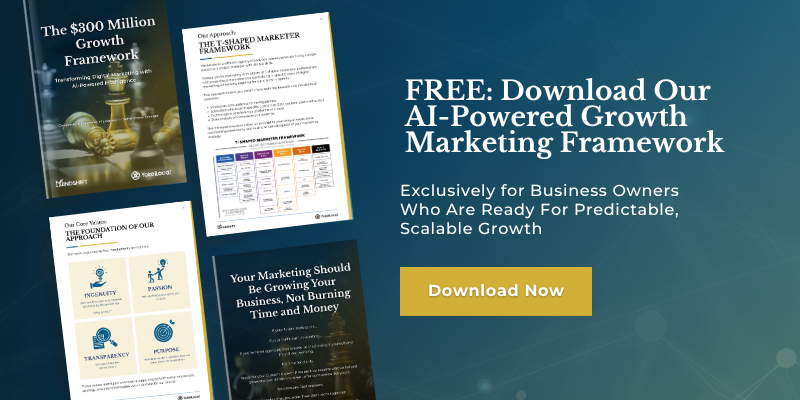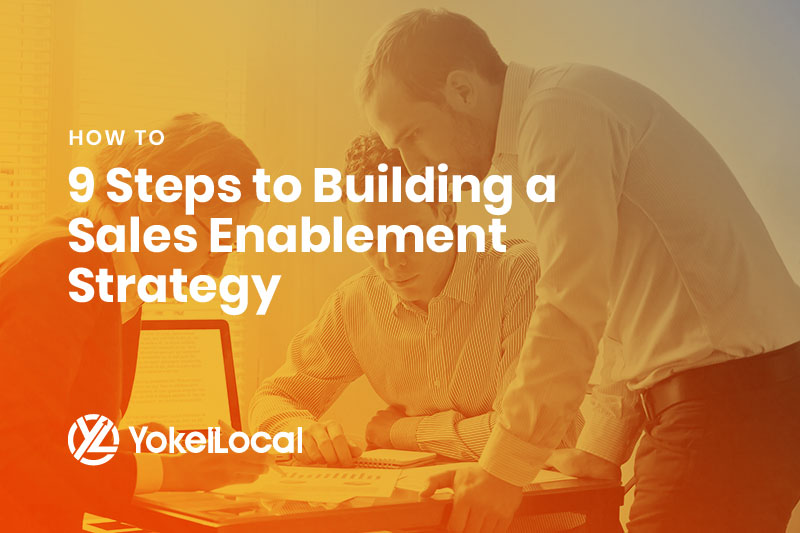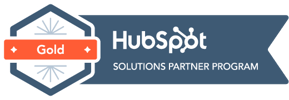The profitability of your company depends on how many leads you convert paying customers. You have an important role in bringing in revenue into your organization, but does your team have the tools, techniques, and support you need for your sales team to succeed?
A sales enablement strategy is the internal process that helps salespeople to sell better. They involve access to sales tools, strategies, knowledge, and resources. How do you go about implementing one in your company that will be successful?
How to Build a Sales Enablement Strategy
Here are ten steps to follow to help improve your team’s ability to sell:
1. Understand the Elements of a Sales Enablement Framework
A sales enablement strategy will typically include the following components:
- Has sales support and sales improvement resources
- Are customer-centric
- Has helpful content for sales reps and customers
- Trains salespeople
- Is accessible and usable
- Can be tracked and enforced
- Utilizes measurable tools
Additionally, sales enablement strategies have a basic framework with the following elements:
- Identify Your Unique Challenges and Pain Points
- Understand the Characteristics of Your Top Performers
- Provide Training and Support That’s Immediately Applicable
- Align the Entire Organization With a Sales Focus
- Reinforce Best Practices, and Remember to ABO (Always Be Optimizing)
2. Clarify Your Objectives and Identify Current Challenges
The sales enablement strategy should help your organization meet its objectives and address the company’s challenges. It will be unique to your organization and it should be tailored to your specific objectives, needs, challenges, structure, and current sales processes. With these elements in mind, you’ll have a better idea of where your sales process can improve as well as what the purpose and goals are for the sales enablement strategy.
A good way to nail down your company’s sales objectives and identify challenges is to get input from your salespeople. You’ll also want to speak with members of other departments that may work with the sales department including marketing, finance, customer service, and management. Make sure your objectives and challenges are concrete, manageable, and measurable.
3. Get Buy-In From the Sales Reps
When you propose a sales enablement strategy to your salespeople, it is important they buy-in to it and accept the help from other departments within the company. With the offer of help, your sales team members will be more open and honest about where they are struggling and where in the sales process there are hold-ups.
Gaining the buy-in from salespeople may be difficult depending on the size of your sales team and how much friction there is between the sales department and other departments within your organization.
Sit down with each member of your sales team and ask them about where they are struggling and need help. Afterward, you can gather your sales team together to discuss some of the recurring areas of struggle and brainstorm how the organization can better help them do their jobs more effectively.
4. Outline the Characteristics of Your Best Customers & The Current Sales Process
It will be hard to make your salespeople more effective if you aren’t familiar with your company’s customers and the current sales process. When constructing your sales funnel, brainstorm with your sales team to create a couple of buyer personas that capture the specific demographic and behavioral characteristics of your best customers.
After you know who your target customers are, look at your sales process and see how closely it aligns with the appropriate buyer’s journey for your best customers. Specifically, you will want to look at the touchpoints customers have with your company as they progress through the buyer’s journey. Are there ways your sales process can improve and enhance these touchpoints? Make sure you are providing the necessary content, tactics, and resources the customers need at each stage of the buyer’s journey.
5. Identify Gaps in Current Content and Resources
When you think of content, you most likely think of your company’s marketing department. However, your sales team is suing content at each of the customer “touchpoints” along the buyer’s journey.
Powerful content presented at the right time in the buyer’s journey will help your sales reps enhance their expertise in your product or service offerings and better establish trust with customers.
Maybe your salespeople already use marketing created content such as:
- Graphics
- PowerPoint slides
- Brochures
- Banners
- Email text
- Scripts
- Blog posts
- Reports
- Your website
Look over your sales and marketing teams’ content and do an audit for any gaps in the buyer’s journey. Are pieces of content missing in the sales process or being used at the wrong “touchpoint?” Is there content that isn’t appropriate for attracting the ideal customer, or an overabundance that targets one particular stage of the sales process? Is the content stored in a centralized place that can be quickly and easily accessible by members of the sales team?
After identifying gaps in your content strategy, locate and organize your content to make it more useful to your sales reps. Some of the content you should gather and organize includes:
- Templates
- Contracts
- Quotes
- Proposals
- Videos
- Graphics
- Case studies
- FAQ repository
- Feedback forms
- Surveys
- Email and social media channels.
6. Choose Sales Enablement Tools to Make Things Efficient
Before deciding on which sales tools to train your salespeople in using, you need to have your sales processes, strategies, training, and content nailed down. This will give you a clearer idea of which tools to invest in that would best benefit your sales team and company bottom line. The right sales enablement tools can address the challenges in your sales process and give your sales reps the abilities, skills, and knowledge they need to better engage with leads and customers.
Once you decide on which tools to use, be sure each member of the sales department is trained on how to use it. The more familiar and knowledgeable your sales reps are with the tools, the better they can utilize their features and benefits. Training can occur as part of the new employee orientation process, or you can set aside a few hours one day and conduct hands-on training for your entire sales staff.
7. Consider Lead Scoring or Other Initiatives
A good way to help your sales reps be productive is to channel their time and energy on the most promising leads in the buyer’s journey funnel. When each lead is treated equally without prioritization, your sales team will quickly burn out. Your company will also be throwing away time, effort and resources to unresponsive leads. The sheer number of leads and customers can make it difficult where in the sales process things can be improved upon and where a sales enablement strategy can be helpful.
Most companies categorize and prioritize their leads and customers using a lead scoring system. This system assigns each lead a score based on their interest in the business, where they are in the buyer’s journey, the number of clicks and website visits, job title, industry, and how well they match a company’s ideal customer. The scores are assigned letters like A, B, and C, or terms like ‘cold’, ‘warm,’ or ‘hot.’ Other category naming conventions can be used as well to help your sales team determine the sales-readiness of leads.
Your sales reps must be aware that no lead should be left behind regardless of their readiness score. Each lead presents an opportunity for a sale to be made. The ones with higher scores will convert more quickly than those with lower scores. Make sure that your salespeople prioritize the leads with higher scores while at the same time not fully ignoring those with the lowest scores.
8. Train the Sales Reps on Using the System
Your sales reps will be introduced to a new sales process, new tools and technology, and new content and resources. In order for your sales reps to take full advantage of the aid that is presented to them in the sales enablement strategy, they need to be familiar with its overall operation as well as the small details that comprise it. They will also need training on how to access and use content, tools, resources, and processes.
Training on how to manage projects, cooperate and coordinate with the marketing department, and gain more product knowledge will need to be included. It is also recommended that training should occur at least once a quarter. When training your sales team on the sales enablement strategy, be sure to also include the marketing and product management and design departments as well. Make sure each sales rep is trained and armed with the same capabilities, skills, and competencies.
9. Implement, Monitor, and Adjust as Needed
Testing, monitoring, and adjusting your sales enablement strategy is important in assessing its effectiveness in supporting your team’s goals. This process will also let you know where adjustments and improvements are needed and even where you should pivot and change directions. Repeat the things that are working and stop the things that aren’t. As time goes on, you’ll need to adjust your strategy to meet new conditions, such as changing consumer tastes or technologies.
The purpose of a sales enablement strategy is to enhance the productivity of your sales reps. It includes training your sales team on tools, strategies, processes, technologies, and resources that help them sell better. It’s critical that you and your team members are familiar with what makes a good strategy when implementing your own in order to obtain the full benefits of one.















